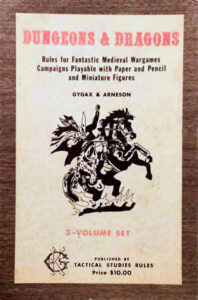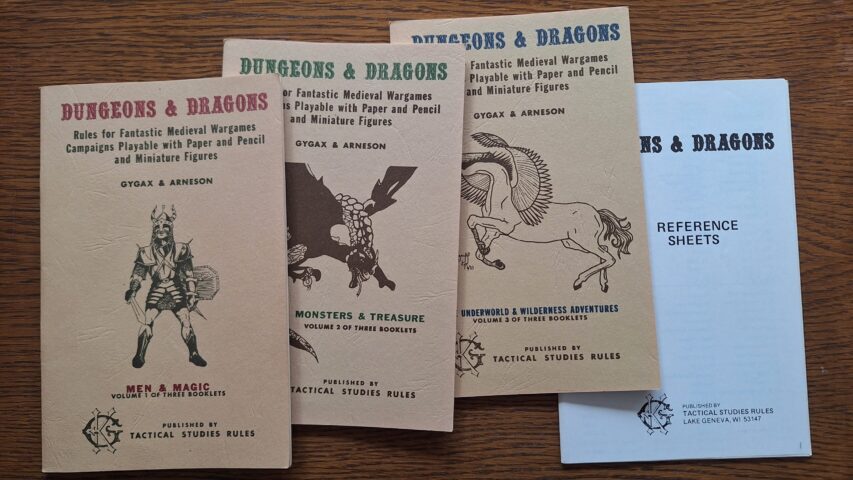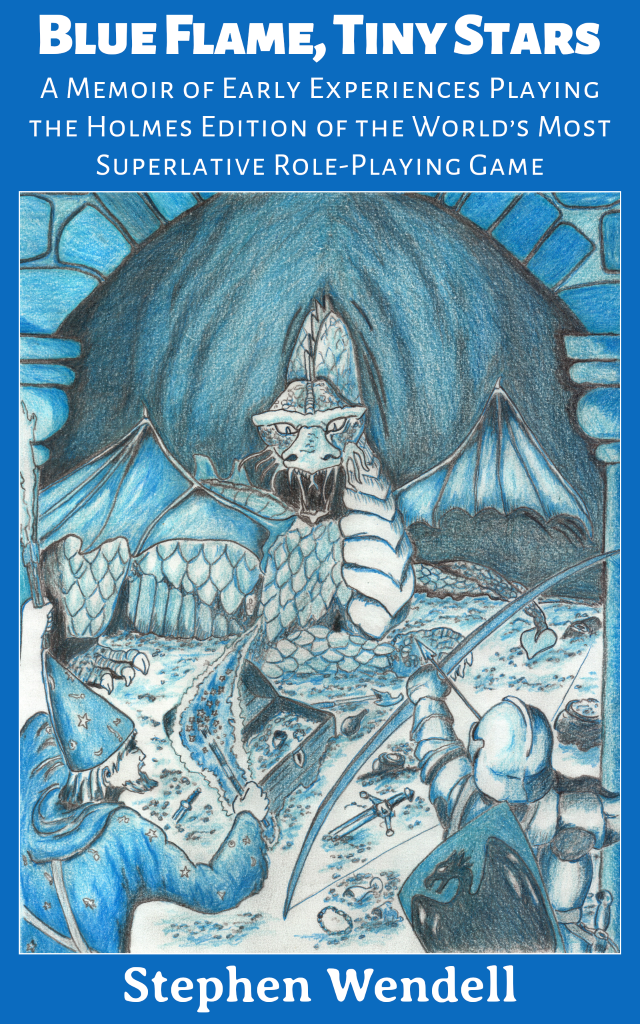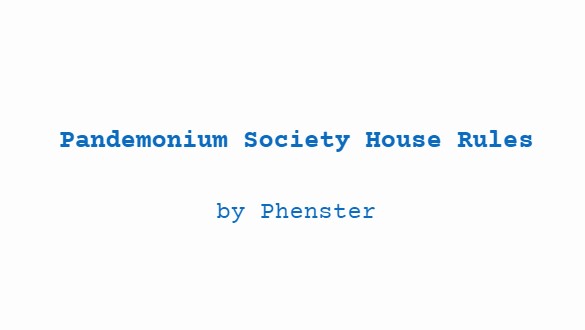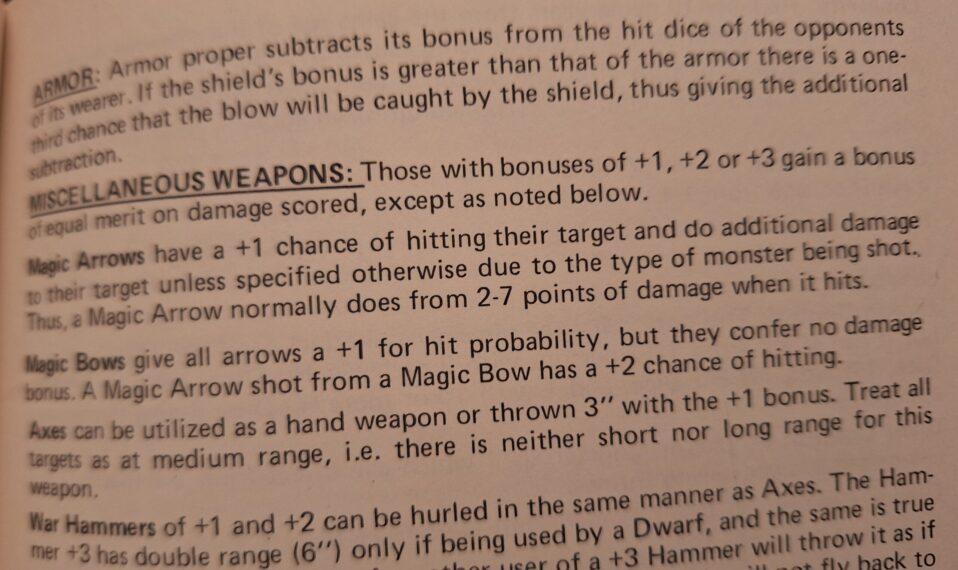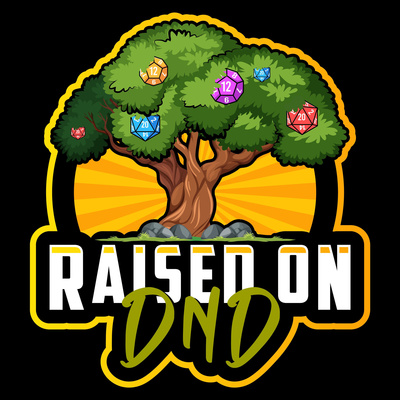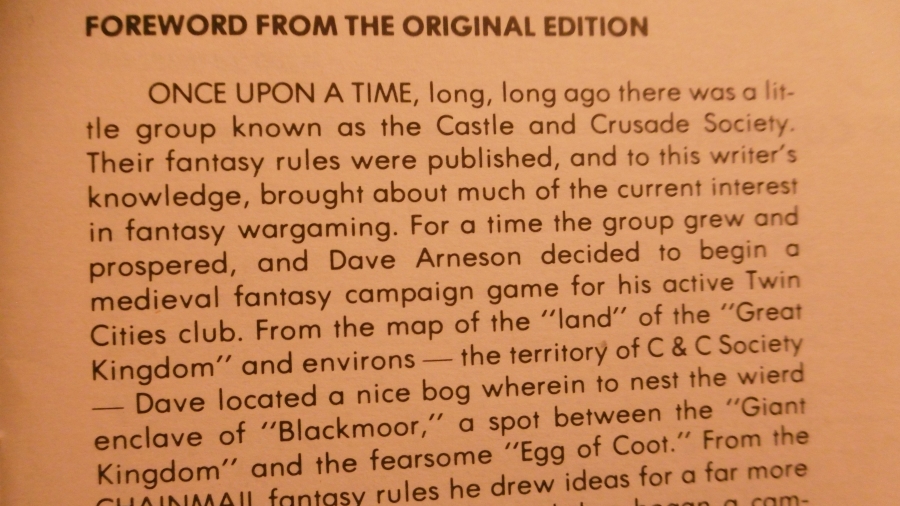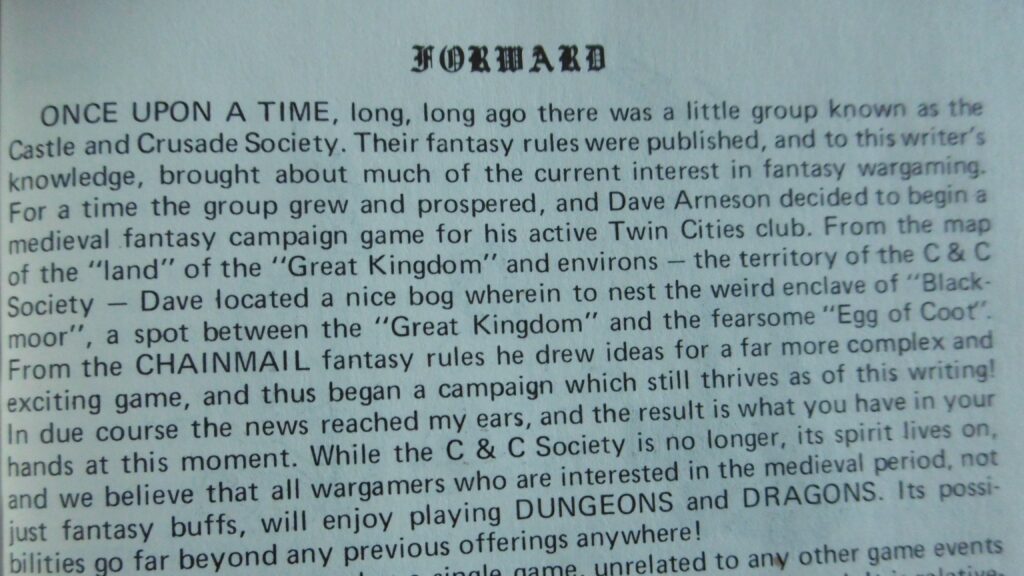Dweomercraeft
by Phenster
I love magic! The study and use of magic is called dweomercraeft. (I say dwOHmercrAft, but Cypher says it's supposed to be dwImercrAYft.) I started playing D&D one Christmas when I got a strange game that came in a box with a dragon on the top with 5 crazy dice. There was a guy in a pointy hat on the box too, and he was using a magic wand against the dragon. I wanted to be that guy!
I showed the game to Hazard and Beowulf. Beowulf said it looked real complicated, but Hazard had seen his cousins playing a game that looked a lot like it. We all read the rules together, and I have to admit it, it was complicated. It was a game for adults, and Beowulf and I were only in the 6th grade. (Hazard is two years ahead of us.) But when we got to the part about magic spells, the question was settled for me. We were going to play this game, and I was going to be a magic-user. Hazard volunteered to be the DM. Beowulf wanted to fight the monsters.
That was over four years ago, and I've been playing D&D ever since. Mostly magic-users. We've made a few changes about the workings of dweomercraeft. We'd probably change more stuff, but Hazard tries to keep us from making magic-users too powerful.
Magic-users
Human M-Us can write spell scrolls from the spells they have in their spell books, and they can copy scroll spells into their spell books. Or from where ever they find them: other spell books, ancient tomes, etc. Phenster Prime once copied a spell carved on a wall in the 6th level of the dungeon.
Elves
Elven magic-users are different. Elves are inherently magical. They don't use spell books. They just know the spells they know, and they can cast them once per day. They know one spell at 1st level, and they gain spells as they go up in level just like on the magic-user table. (Hazard rolls randomly for the spells known, but I let players choose in Avendyr.) Elves don't have to roll for the chance to know spells.
For a while we played it where all elves (even fighters and thieves) can cast READ MAGIC, DETECT MAGIC and PROTECTION FROM MAGIC without taking up a known spell. But it was too powerful. (Tombs still plays it like that, but he's the only DM in our group that allows it, least as far as I know.) Now elves only get READ MAGIC extra, so they can still use scrolls. But they have to cast it in the place of another 1st-level spell.
Chance to Know Spells
Hazard didn't like having to keep track of which spells Phenster Prime could learn or not, so when I find a scroll, I just roll for the chance to know it on the table, like you're supposed to. But if I fail the roll, it just means I can't learn it this time. If I find the same spell somewhere else later on, I get to roll again. Hazard says it takes liberty with the rules, but we don't have to remember which spells I can't know.
Counter-Spelling
Any magic-user can try to counter the spell of another magic-user. You have to have the initiative on the other magic-user and at least one spell left. You say you want to counter-spell if the other magic-user throws a spell before he does it, and you have to wait for it. Then you have to use up the power of a spell you have left. If the spell you use is at least as powerful as the other magic-user's spell being cast, then the counter-spell works. Of course, you can also interrupt the spell-casting with a successful attack. For that purpose, I use a Wand of Magic Missiles. I named it "Counterspell."
Lost Lore
Dweomercraeft in the Heptarchy reached a pinnacle a long, long time ago, before the Old Empire, even before the Age of Myth. Now only spells from the rulebook are commonly known among Esoterics in the Heptarchy. (Esoterics are magic-users and sages and such like.) Other spells (from AD&D and spell levels over 3rd) we have to find on our adventures. Or we can do research to make a new spell.
Holy Water
Clerics can create holy water with a BLESS spell in a ritual. It takes one turn and you need an expensive font (500 g.p. min.), but there's no other cost.
Crafting Magic Items
Sometimes you want a magic item that you haven't found in the dungeon. It takes time and money, but a spell-caster can make magic items. Like the time we heard about the Demon Slayer. It's a magical two-handed sword that we could use against the demons in Pandemonium. The trouble was that it was hidden deep in the Heart-of-Dragon Mountain. The Heart-of-Dragon is weeks away, and it's full of dragons! So I thought it would be easier for Phenster Prime to make a Demon Slayer. Beowulf said, if it was a two-handed sword, he would pay for it.
Making magic items depends a lot on how the DM wants to do it. The way we do it, basically, is that magic-users and clerics can craft magic items if they can cast the spells required. Some items require special components that usually require an adventure. Everything has a cost in time and g.p., which is multiplied by the spell level. Then, when the item (except scrolls) is complete, there's a chance it doesn't work.
Initial Research
In order to make a magic item, you have to do some initial research into how to do it. By "how to do it" I mean what kind of tools or components you need and if you'll need any help. All that's up to the DM, who decides what all you need based on the magic item description in the rulebook, if there is one.
For example, there's no Demon Slayer in the rulebook, so Hazard had to make it up. For the sword, Phenster Prime learned that we needed ichor of demon. Beowulf and I talked it over with the group. Hazard said we'd have to either summon a demon or go down the Pit to Hell and find one. Tombs thought it would be risky to go after a demon without a demon slaying sword. I thought that's probably why there's no Demon Slayer in the rulebook. Jinx said maybe Beowulf would settle for a Kobold Slayer. Beowulf wouldn't go for that, but I talked him into a Giant Slayer instead. All we needed was some giant's blood. In the excitement about making a sword, we forgot that what we really needed in Pandemonium was a Demon Slayer.
Assistants and Special Components
Before you can put magic into an item, first you have to make it or have it made by somebody else. Wands and staffs are usually made out of metal or wood, rings from precious metal, weapons and armor from a strong metal, like steel, and sometimes mithral or adamantine. You'll need a master woodcarver, metalsmith or weaponsmith for that. The DM decides how much a component costs in time and money.
You can usually get it cheaper if you take more time. But sometimes it isn't worth the time. Friar Tombs carved his own Staff of Healing from the trunk of a young spruce tree. Took him a whole winter, then he had to take a month out of the campaign season for the dweomercraefting. (While we're out of the campaign, we just play another character. Tombs played his thief, Arnaquer Tombs). Carving the staff saved him 500 g.p., and he's real proud of it. But we got more than that out of the dungeon in the first week, and he could have saved Jinx another character with that staff.
Once you have the component, you can put the dweomer on it. That costs some gold and a week or month of time out per spell level.
Scrolls: Cost 100 g.p. and take one week per spell level. You can put up to 7 spells on one scroll. Writing a scroll has no chance for failure. You need parchment/vellum, a quill and ink, which don't cost much.
Potions: Potions cost 300 g.p. and one week per spell level. Not every spell can be put in a potion, and some potions need more than one spell and maybe other special ingredients, which also cost money. You need a laboratory too. Phenster Prime made friends with Jaeger, our local alchemist. We have a deal: I bring him "souvenirs" from our fights with rare monsters, and he lets me use his laboratory from time to time.
Wands and Staffs: 500 g.p. per spell level per charge plus 1 week per spell level and 1 extra day per charge. You can put 100 charges maximum. You can recharge an empty wand or staff (without paying for the component). Items that don't have charges cost 10,000 g.p. and 1 month per spell level. Tombs's Staff of Healing cost 10,000 g.p. and took one month to dweomer. I recharged "Counterspell" with 20 magic missiles for 10,000 g.p. in a week plus 20 days.
Miscellaneous Magic: These are the most difficult, because a lot of them do things there's no spell for. The best way is to decide on what level a spell might be that does that thing. Just like items that don't have charges, miscellaneous magic costs 10,000 g.p. plus 1 month per spell level.
Weapons and Armor: No matter if it's a weapon bonus or armor bonus, the cost is 10,000 g.p. and 6 months per +1. Ammunition costs 500 g.p. and 1 day per +1. When I found out Beowulf's Giant Slayer was going to take me a year and a half to dwoemer, I had the idea that we could ask Angharad Called the Fane[1] to make one. Hazard said it would take just as long and cost twice as much gold to have somebody else make it. Beowulf couldn't afford 60,000 g.p. Then we remembered that what we really needed was a Demon Slayer anyway. Without demon ichor, we had to go to the Heart-of-Dragon. No time to make a Dragon Slayer either.
Rings: Rings are "on" all the time, so they cost more: 20,000 g.p. and 2 months per spell level. They are always made of precious metals and finely crafted, which means expensive! A Ring of Wishes is NOT a charged item. You have to take the time (per spell level) to put every WISH into the ring.
Spell Research
Researching a new spell (one you invent or one from the rulebook you can't find in the dungeon) costs 1,000 g.p. plus 1 week per spell level. You just need a good library where you can study.
Chance of Failure
After spending all the time and money, your magic item or new spell is ready to be tested. Roll a d12. A 1 means failure. Testing charged items uses a charge. You can test in safety or take a chance and wait till you need the item to roll the d12. Good luck!
